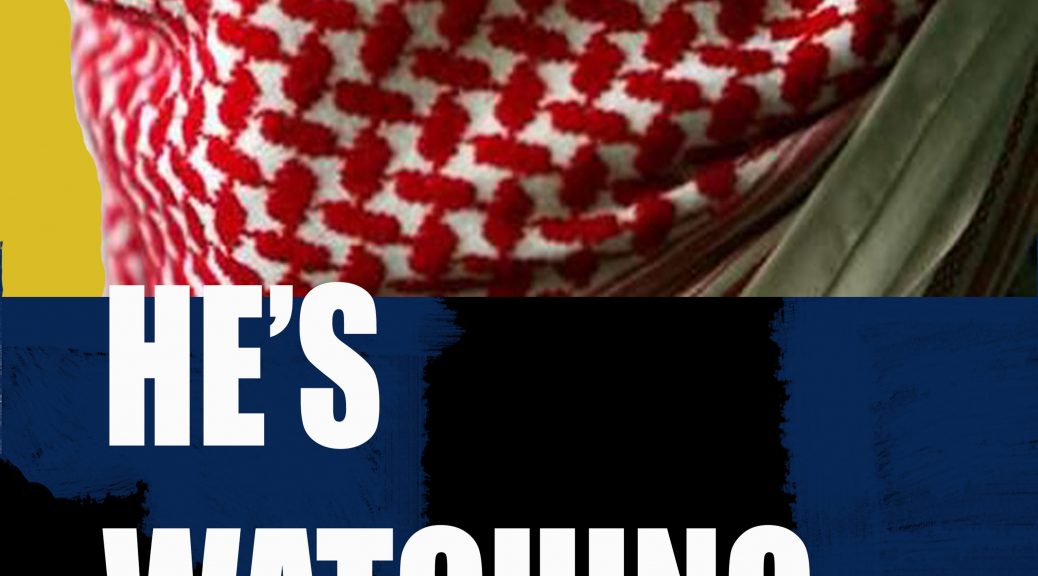I’m often asked by clients how they can increase their safety while out in public. I find this question especially relevant with recent events. Too many times, the answers I hear to this question in the industry is focused on the latest gear, the popular EDC of the day, or the latest hand to hand fad that the coolest internet personality is shilling. The best solution is often the simplest, but it is ignored because it is not easy. Why put in effort when you can buy the latest piece of gear?
The Problem
People have become extroverts on the internet and introverts in public. We have become cocooned in our technology and convenience. We don’t talk to our neighbors or take interest in our community unless it is on the latest phone app or internet forum. Everywhere you go you see people buried in their devices, disconnected from the real world. It is a double edged sword. We have become much more in touch with global events, but are now completely oblivious to what is happening around us. Terrorist events are constantly happening in the United States. One of the popular TTP’s of the day are pressure cooker bombs as we saw in Boston and now recently in NYC. How many people do you think walked right by them or didn’t notice them being place because they were buried in their phones?
The Answer
The solution is simple. Look around. Pay attention. Look, Listen, Smell. Absorb and process your surroundings, constantly. Of course this takes effort and constant repetition until it is habit. It isn’t as comfortable as staring at your Facebook feed. It isn’t paranoid to be aware- it is our natural, primal state. We were built with the instincts for survival, to be alert for predators or threat- we have just become domesticated. Here is a question I get: “When you go out- what color state of awareness are you?”. It makes me shake my head to even write it. Let me be clear here- if you think a checklist or flow chart will make you effective in a situation, you have been misinformed. The idea that you should constantly check your state of awareness that it is in line with the appropriate color is preposterous. The thought that you need an OODA loop to respond to a threat is ridiculous. Too often we think that some quantifiable step by step program is the answer to life, when it is not. Life is dynamic and constantly changing. Attempting to shoehorn the environment into rigid steps and categories limits ourselves.
YOU ARE EITHER AWARE OR YOU ARE NOT.
I can’t make it more simple than that. Of course, it will undoubtedly be pointed out that high levels of awareness will mentally fatigue you. That is correct. However, it gets less fatiguing with practice and repetition. Life isn’t easy to begin with, suck it up and do it anyways. Be aware of your state of mental fatigue and use that awareness to feed into your decision making progress.
Be a Sensor
Here is the high effort part. Develop visual scanning habits. People watch. Use the mirrors in your vehicle. Constantly. Take mental note of what you see and try to remember it. Visually observe the path or road ahead of you- if you see something you don’t like, then adjust accordingly. Plan ahead, constantly “what if”: instead of looking for the latest entertaining post on Facebook, imagine what you would do if a car cut you off, or if a threat appeared around a blind corner. Constantly analyze your surroundings: know what drivable terrain is when in a vehicle, know where your positions of cover or escape routes are when on foot. It isn’t being paranoid- it is being prepared. It is not being a useless air thief that is stealing oxygen from other individuals who have to put in extra effort to cover down on your lane because you think it is a waste of time or because you were told that your default level is “yellow”.
An Alert Society
What I want you to take away from this is a wakeup call. I want you to walk out the door tomorrow and immediately scan your driveway/street/neighborhood. I want you to be looking around as you drive. I want you to be observant of your surroundings. I want you to notice something out of place or an unattended bag- and REPORT IT. But most of all, I want you to be a DISCIPLE of awareness. Disciples are not just a followers- they are leaders. They seek out and creates more disciples. They spread the word. I want you to spread the word of awareness and self-reliance. I want you to spread the word of taking personal responsibility for not just your safety, but for that of those around you. I want you to create a network of citizen sensors that are monitoring everything around them. This is the way we create a safer society.



